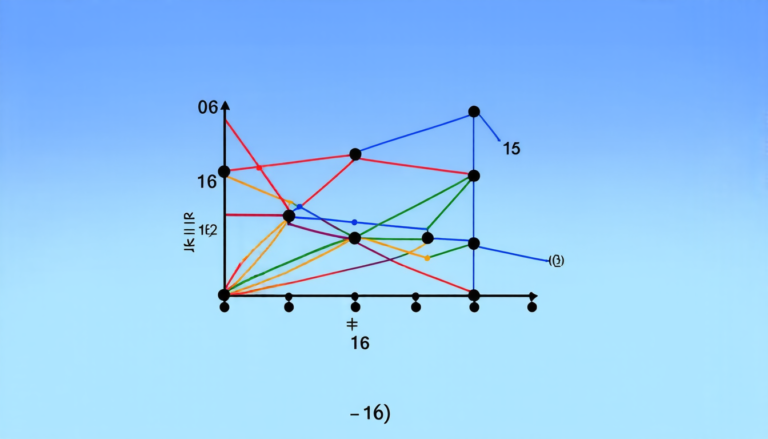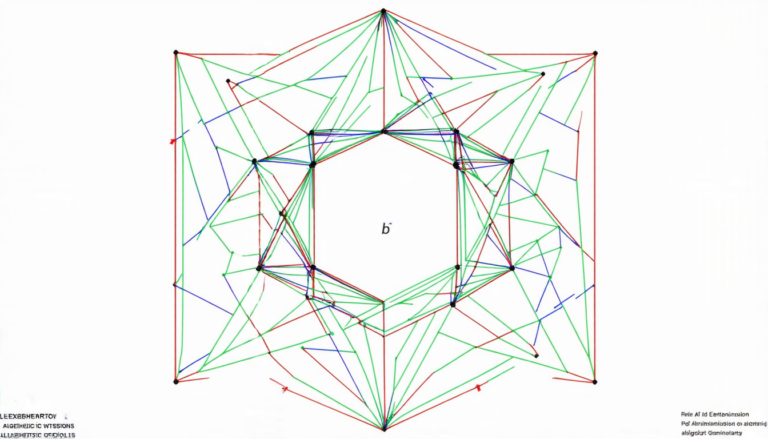Saturday 27 September 2025
The game of Tak has been a source of fascination for many, with its unique combination of strategy and chance. For those who are new to the game, it may seem like a simple exercise in moving stones around on a grid, but beneath its deceptively straightforward surface lies a complex web of possibilities and constraints.
One of the most intriguing aspects of Tak is its ability to create an environment where players must constantly adapt and adjust their strategies. Unlike other games that rely heavily on luck, Tak’s outcome is largely dependent on the player’s skill and ability to think critically. This makes it a game that appeals to people who enjoy solving puzzles and overcoming challenges.
The study of Tak has also led to some fascinating insights into human psychology and decision-making. Researchers have found that players tend to fall into specific patterns of behavior, often relying on intuition rather than careful analysis. However, this can lead to mistakes and miscalculations, which can ultimately cost them the game.
One of the most surprising aspects of Tak is its ability to induce a sense of flow in players. Flow, a concept popularized by psychologist Mihaly Csikszentmihalyi, refers to the state of complete absorption and engagement that people experience when they are fully immersed in an activity. In the case of Tak, this can lead to hours of intense focus and concentration, as players become completely absorbed in the game.
The study of flow has important implications for our understanding of human motivation and happiness. By creating environments that induce flow, we may be able to increase people’s sense of satisfaction and fulfillment. This could have significant benefits for fields such as education and work, where flow can help people stay focused and productive.
In addition to its psychological benefits, Tak also has some surprising mathematical properties. For example, researchers have found that the game is intimately connected with certain types of combinatorial mathematics, including permutations and combinations. This means that players who are good at math may actually have an advantage when it comes to playing the game.
The study of Tak has also led to some interesting insights into the nature of complexity and simplicity. At first glance, the game may seem simple, with its straightforward rules and limited number of moves. However, as players delve deeper into the game, they begin to realize that there are many hidden complexities and nuances that require careful consideration.
This dichotomy between simplicity and complexity is a common theme in many areas of life, from science and technology to art and music.
Cite this article: “The Fascinating Game of Tak: A Study of Strategy, Psychology, and Math”, The Science Archive, 2025.
Tak, Strategy, Chance, Puzzle, Psychology, Decision-Making, Flow, Motivation, Happiness, Mathematics, Complexity, Simplicity.
Reference: Joseph E. Marrow, “The $3\times 3$ Solution to the Game of Tak” (2025).







